We relaxed for a few days in La Palma, not for any particular sailing reason, but just to enjoy a few quiet days prior to the big crossing. The distance from E-W is substantially higher than our W-E route, about 3000 miles vs 1800. Also, we were expecting much lighter winds than we encountered up around 50N, so this was going to be a long ride. Might as well relax for a bit. Besides, we like La Palma a lot, even though the marina is terrible with surge. It’s a beautiful island, with a tranquil vibe.
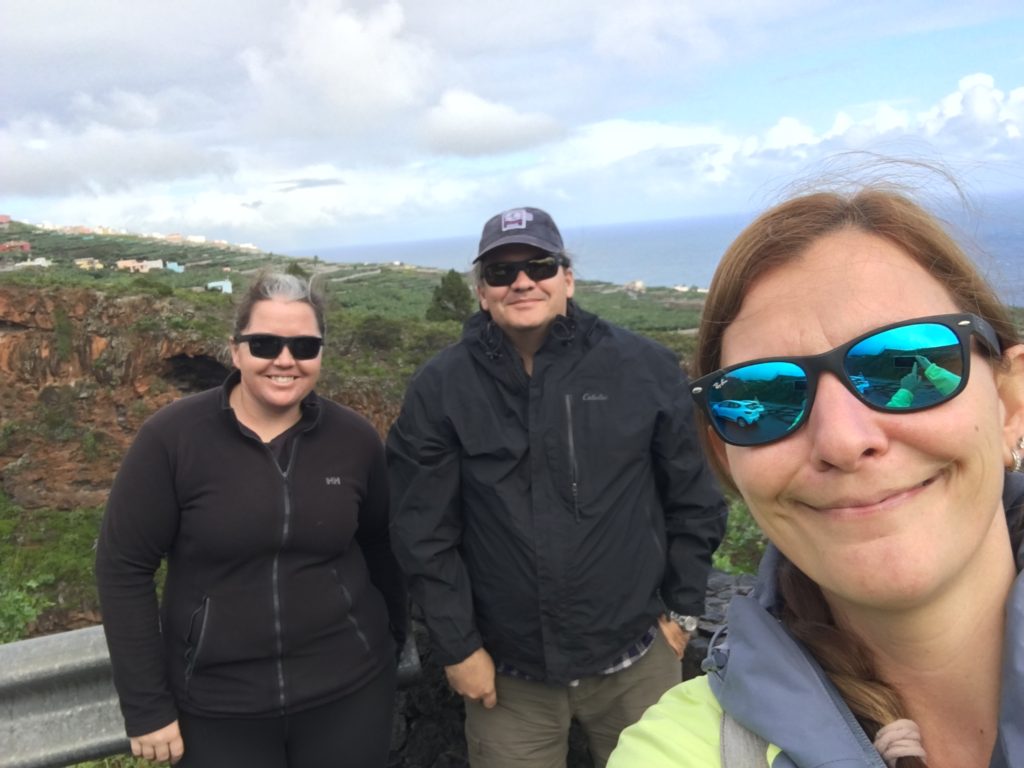
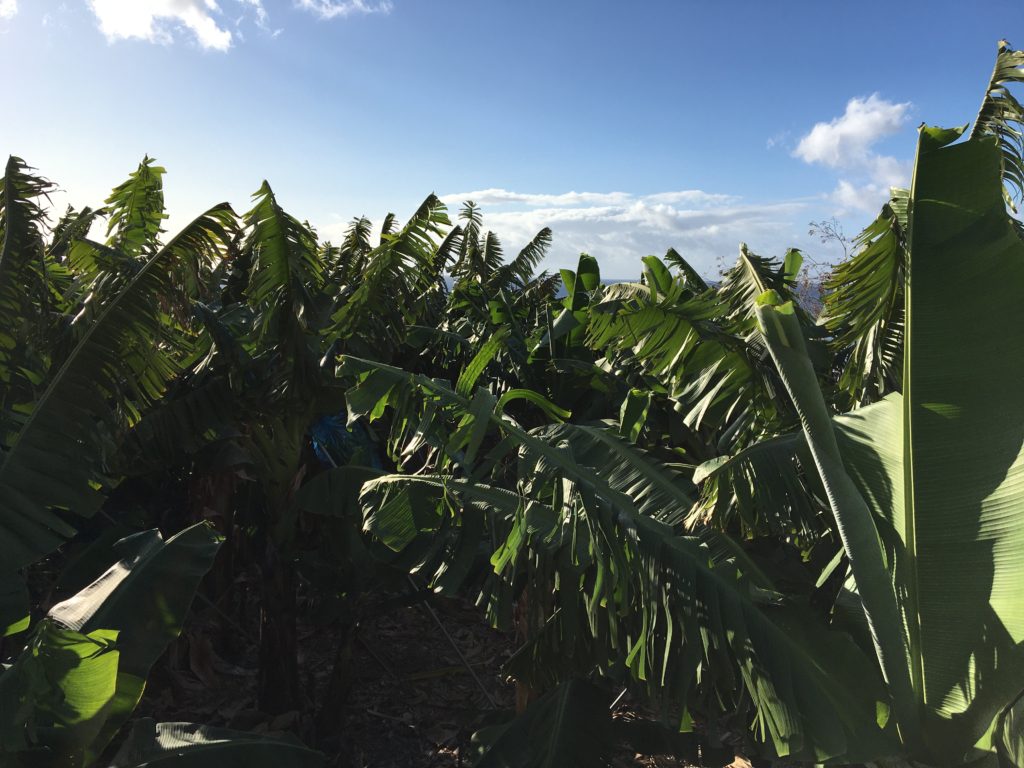
We set off with a reasonably strong wind in the forecast, and after getting clear of the surprisingly long wind shadows of the islands, managed several days of fairly fast sailing. We sailed RS well short of her potential, both because we really didn’t want to break anything with the long distance to go and a desire not to intimidate our third crew too much. Our beast does take some getting used to when things are breezy. We only exceeded 20 knots of boat speed on one occasion during this time, so we were mostly successful in our efforts to rein things in. We would come to regret not pushing harder during this early part later in the passage, unfortunately.
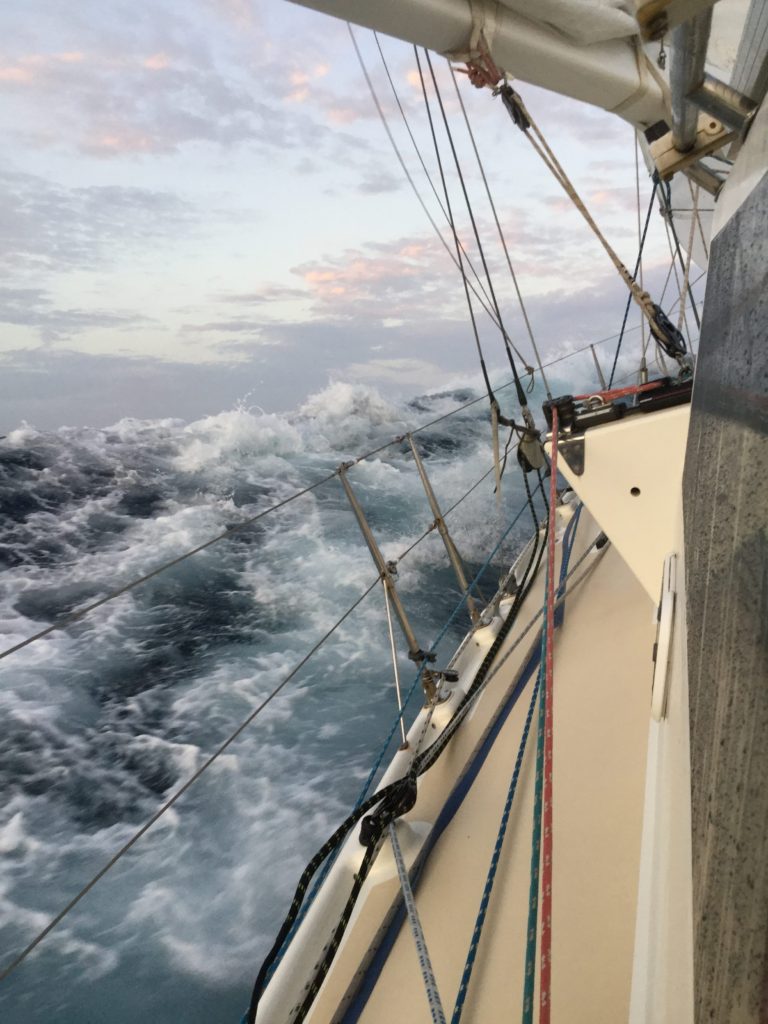
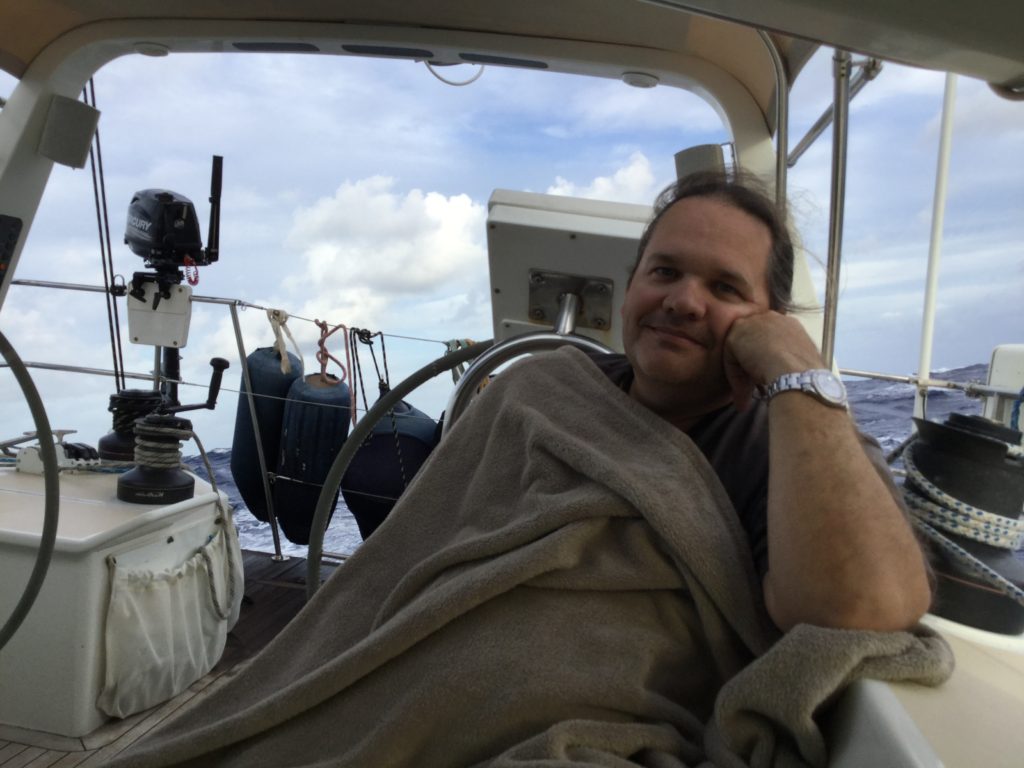
Anyway, things went quite well for the first 5 days. Then, Friday the 13th arrived. Good god. The cursed day’s events began shortly after midnight. We had been charging the batteries, and as I walked back to shut down the engine, I got pegged directly in the chest by a pretty big flying fish. These things travel fast, and it was a bit of a shock. After tossing him back into the sea, I went to complete the task of shutting down, which requires pulling the stop cable, and the little handle for it broke in my hand, causing 2 nasty gashes in my fingers. Wonderful.
Next up, I discovered that I’d closed a line in the hatch over my bunk, resulting in a huge puddle right where my pillow sits.
Later in the day, during another charging session, it was discovered that the main cable from the alternator to the batteries had failed, that was a 4 hour jury-rig, with the added bonus of working on energized cables.
And finally… during a gybe, the traveler line somehow sucked itself into one of the sheaves in a big knot, requiring us to essentially disassemble the entire mechanism to get that sorted. This was at about 2330. Should have waited 1/2 hour. Sigh.
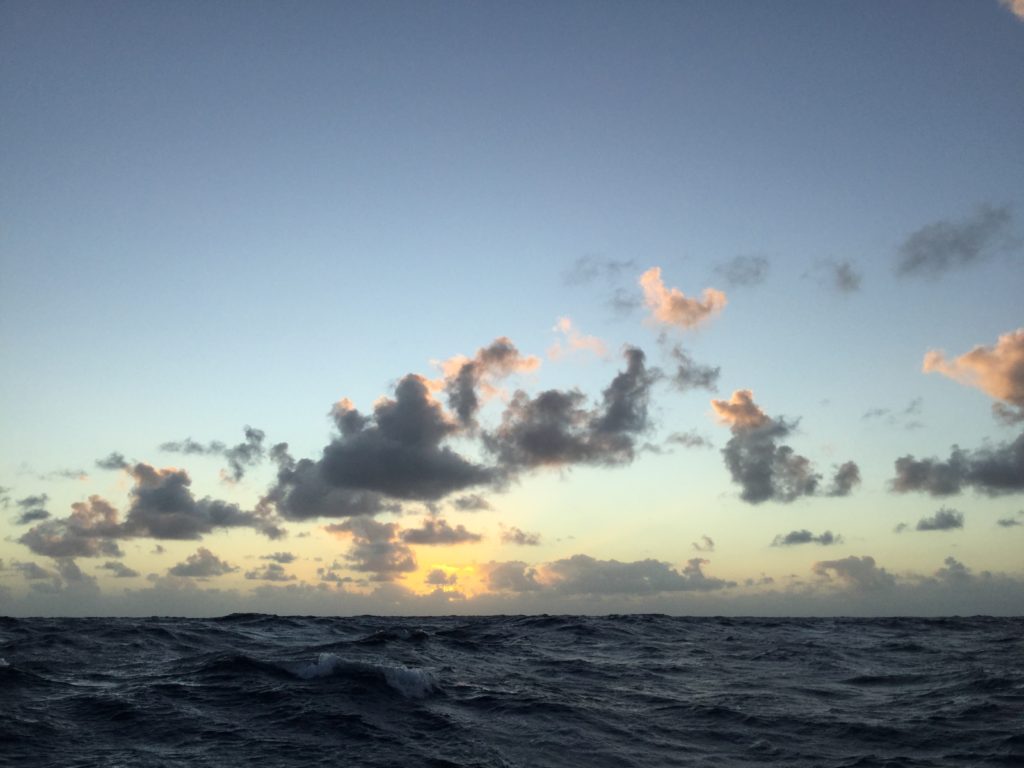
But, all things do pass, and the 14th dawned as another standard day underway. The wind had been drawing more and more astern, to the point where there really wasn’t a favored gybe anymore. It’s a bit of a mental exercise to recognize that pointing at Brazil on one gybe and at Canada on the other (I may be exaggerating a bit) is really the most effective way to sail. We even tried sheeting the staysail outboard to weather and running under twin headsails for a bit, but that idea proved to be a rather dumb, high-maintenance failure.
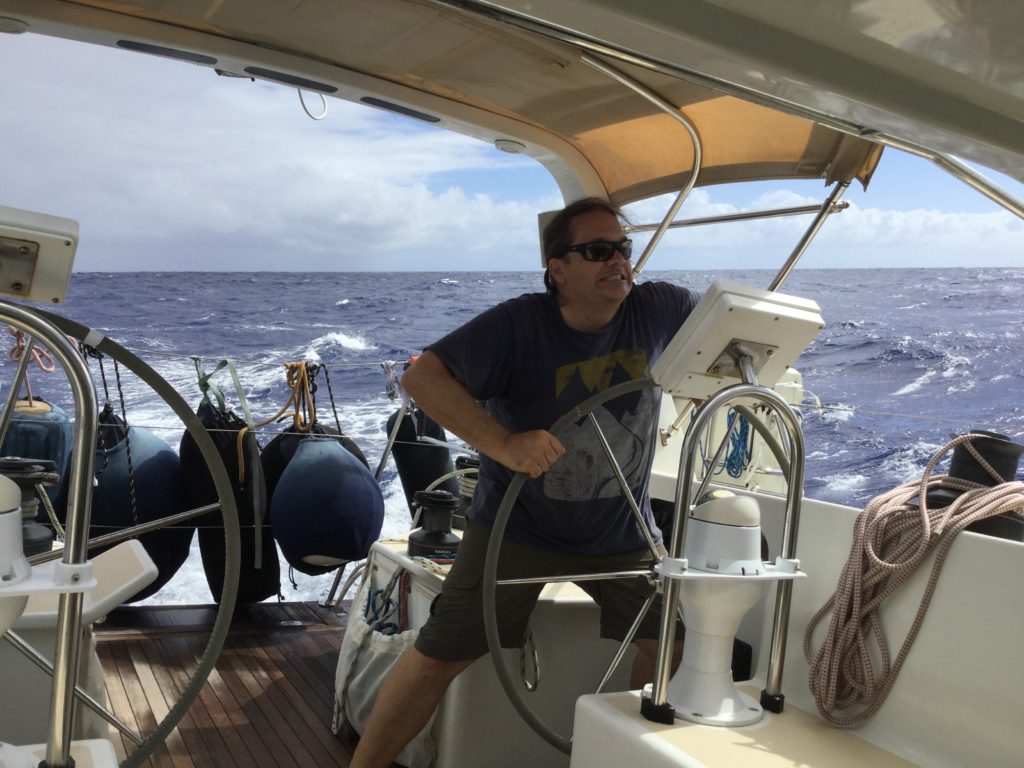
The second half of the trip saw conditions get lighter and lighter, and our 24h runs get smaller with each day. At this point, I really wished we’d pushed a bit more at the beginning. We’d probably squandered 400 miles of potential progress by taking it easier than we should have. But, hindsight is always 20/20, so I tried not to let it get me down. We did the best we could, using a bunch of different flying sails, and we did manage to keep our progress reasonably good.
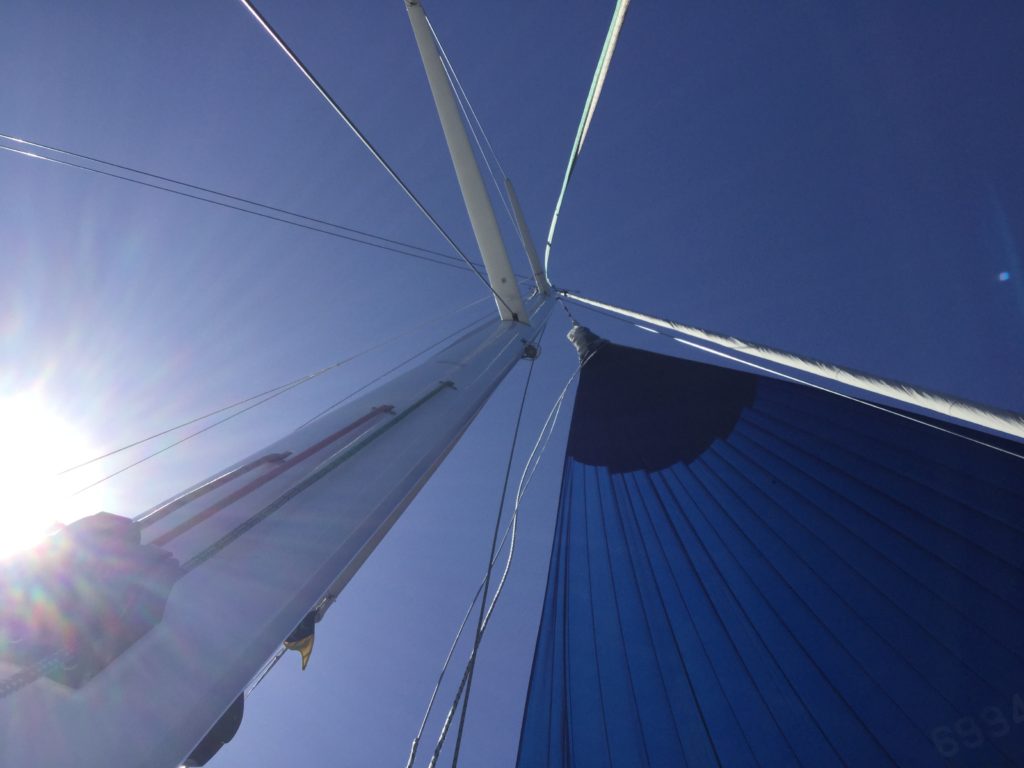
With about 600 miles to go, things went essentially dead. 10 knots or less, and from dead astern. A quick fuel calculation revealed that we had just enough range to motor the rest of the way if needed. We had sailed 100% of the time to this point, and were keen to make the entire trip under sail, but with many days of the same in the forecast, we gave up on it and turned on the motor, sailing when things picked up a bit.
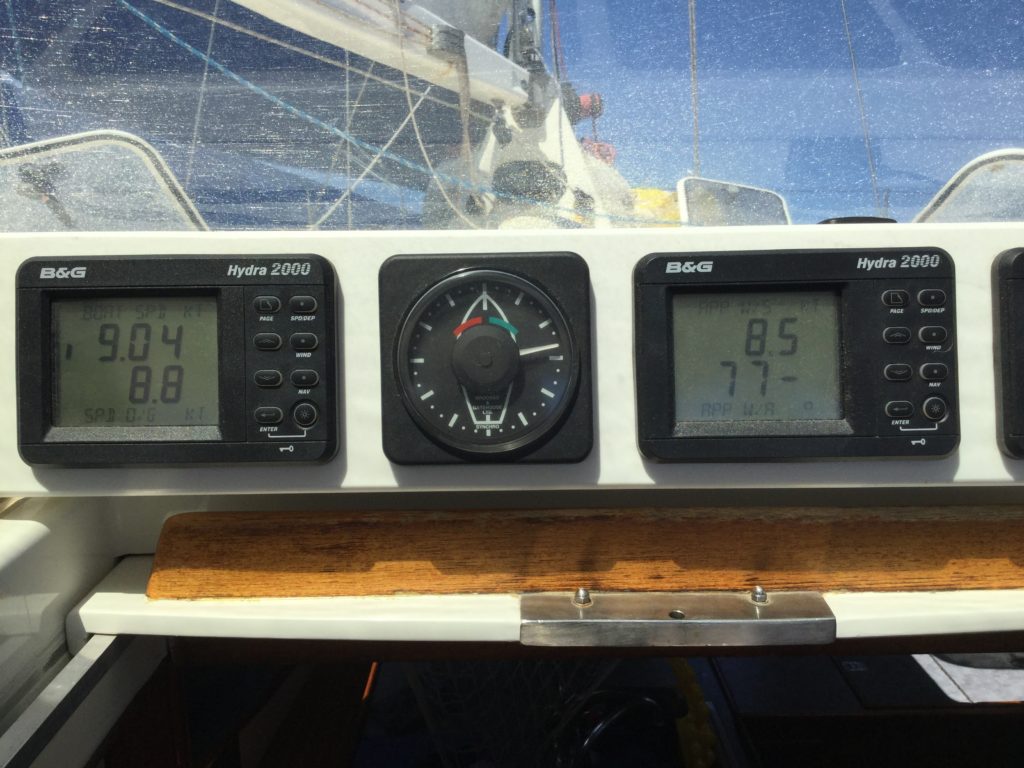
We had one final failure during this time-the seawater pump for the engine’s seal gave out, so that had to be replaced with the spare. Really, our laundry list of mechanical issues was pretty light for a passage of this length.
On the last night, we had to slow down a bit to avoid arriving in Antigua in the dark. We picked up a mooring in Falmouth harbour exactly 16 days, 20 minutes and 2940 miles days after departing La Palma. A bit slower than hoped, but the boat and crew were in good order, so the passage was definitely a success in our book.
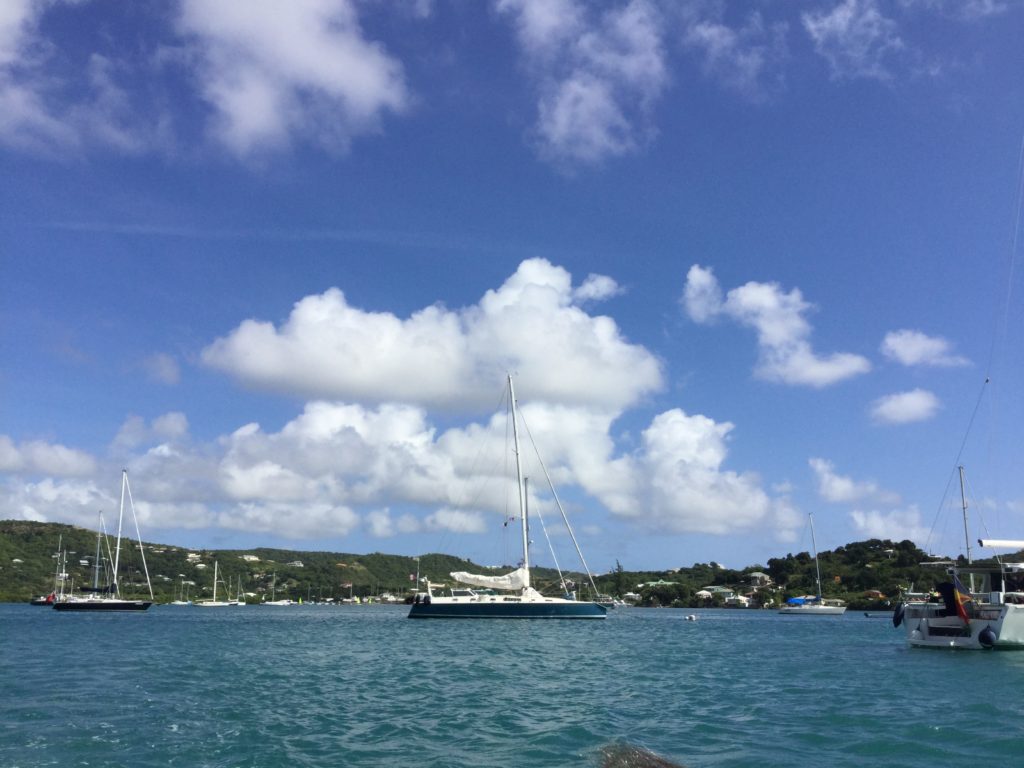
We’ve been enjoying Antigua for a week and a half. We’ll be here for a few more days, and will store the boat on the hard here. We failed utterly at finding a berth anywhere in FL or GA that can accommodate our draft (!), so Antigua is home for the time being. The yard here has some great concrete pits for the keel to sit in, with anchors in the ground for straps. It’s almost surely a safer hurricane arrangement than anything we’d find in Florida in any case. We’ve been busy for the last few days removing all the sails and halyards, cleaning everything, varnishing, lining up work, and just tending to all the details that need to be looked after prior to laying the boat up.
And, with that, we’ve managed to secure our winter getaway for another year. Bonus!

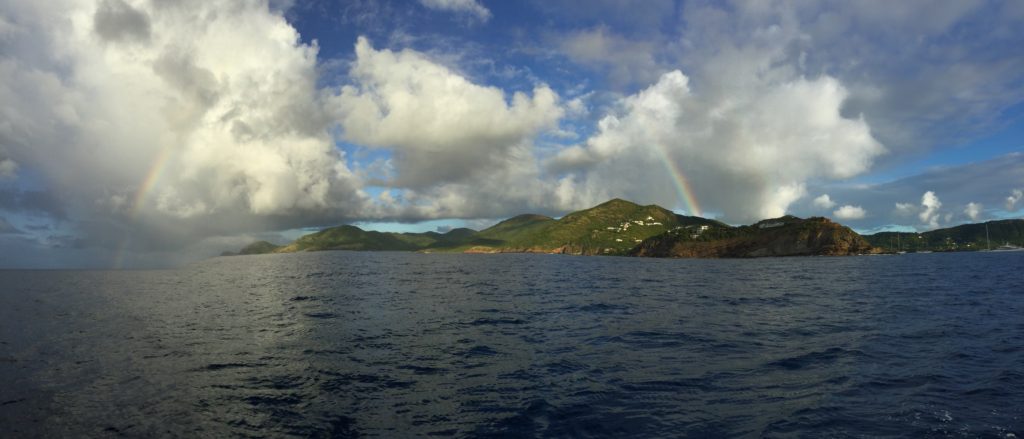

Well done
Thank you Liz!
Thank you for the final summary!
Somehow the plan came together for the better!!